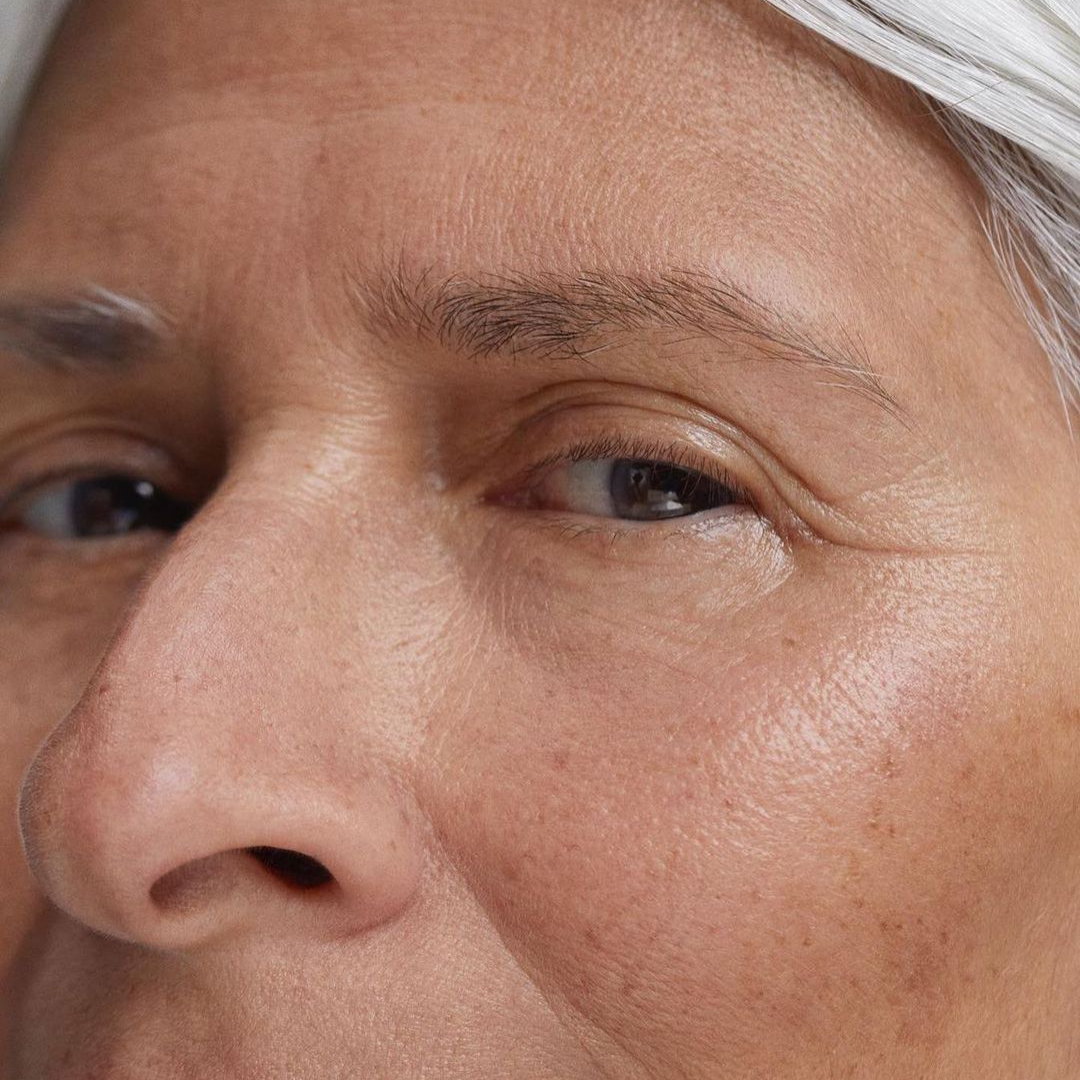
What is the difference between botulinum toxin and hyaluronic acid?
Share
In aesthetic medicine, two injectable treatments occupy a major place: botulinum toxin (often nicknamed "Botox®") andhyaluronic acid (or fillers). Although both are used to reduce the signs of aging without surgery, their actions, target areas, duration of effect and indications differ completely. This article explains in detail why they are not interchangeable - but complementary - and how to choose according to your needs.
1. Origins and mechanisms of action
Botulinum toxin (Botox)
Botulinum toxin is a bacterial poison (Clostridium botulinum) which, in very low doses, acts as a muscle relaxant by blocking the transmission of nerve signals to the targeted muscles.. In aesthetic medicine, it helps reduce expression lines caused by repeated muscular contractions, such as the forehead, frown lines and crow's feet..
Hyaluronic acid
Hyaluronic acid is a molecule naturally present in the body (dermis, cartilage, eyes). It is known for its moisturizing and volumizing capacities, capable of retaining up to 1000 times its weight in water.. When injected, it is used as a filler to smooth out static wrinkles, restore volume or restructure facial volumes.
2. Areas and types of wrinkle treated
-
Botulinum toxin: targeting dynamic wrinkles, it is particularly effective on the upper third of the face (forehead, between the eyebrows, eye contours).

-
Hyaluronic acid: suitable for static wrinkles and loss of volume, it is often injected into the middle and lower third of the face - nasolabial folds, cheekbones, lips, oval of the face.
3. Duration of results
-
Botulinum toxin: effects appear within a few days (2 to 8 days) and last approximately 3 to 6 months.
-
Hyaluronic acid: immediately visible effects. Duration varies according to concentration - between 6 months and 2 years (or even longer, depending on the product, especially cross-linked forms)..
4. Side effects and precautions
-
Botulinum toxin: rare but possible side effects - bruising, headaches, temporary ptosis (drooping eyelids), especially if administered incorrectly..
-
Hyaluronic acid: generally well tolerated, except for localized redness, swelling or bruising. In case of concern, hyaluronidase can be used to dissolve the acid..
5. Complementarity and medical indications
-
Complementary: the two treatments can be combined. Toxin relaxes the muscles of the upper face, while hyaluronic acid rebuilds volume elsewhere for an overall natural effect..
-
Other medical uses:
6. To summarize: table comparison
| Criteria | Botulinum toxin (Botox) | Hyaluronic acid (Fillers) |
|---|---|---|
| Mechanism | Relaxes muscles | Fills / moisturizes / restructures |
| Target areas | Upper third (forehead, eye area, lion) | Middle and lower thirds (cheeks, furrows, lips, oval) |
| Effects | Smoothing expression lines | Volume, hydration, filling of static wrinkles |
| Start of efficiency | 2 to 8 days | Immediate |
| Duration | 3 to 6 months | 6 months to 2 years (or longer depending on formulation) |
| Side effects | Ecchymosis, ptosis, headaches (rare) | Redness, swelling, can be dissolved with hyaluronidase |
| Other uses | Hyperhidrosis, spasms, migraines | Ophthalmology, osteoarthritis, hydration, dry eyes |
Botulinum toxin andhyaluronic acid are therefore two powerful allies of aesthetic medicine, but with different uses: one smoothes dynamic wrinkles, the other restores volume and structure. Properly chosen and combined by skilled professionals, they deliver natural, harmonious facial rejuvenation.
